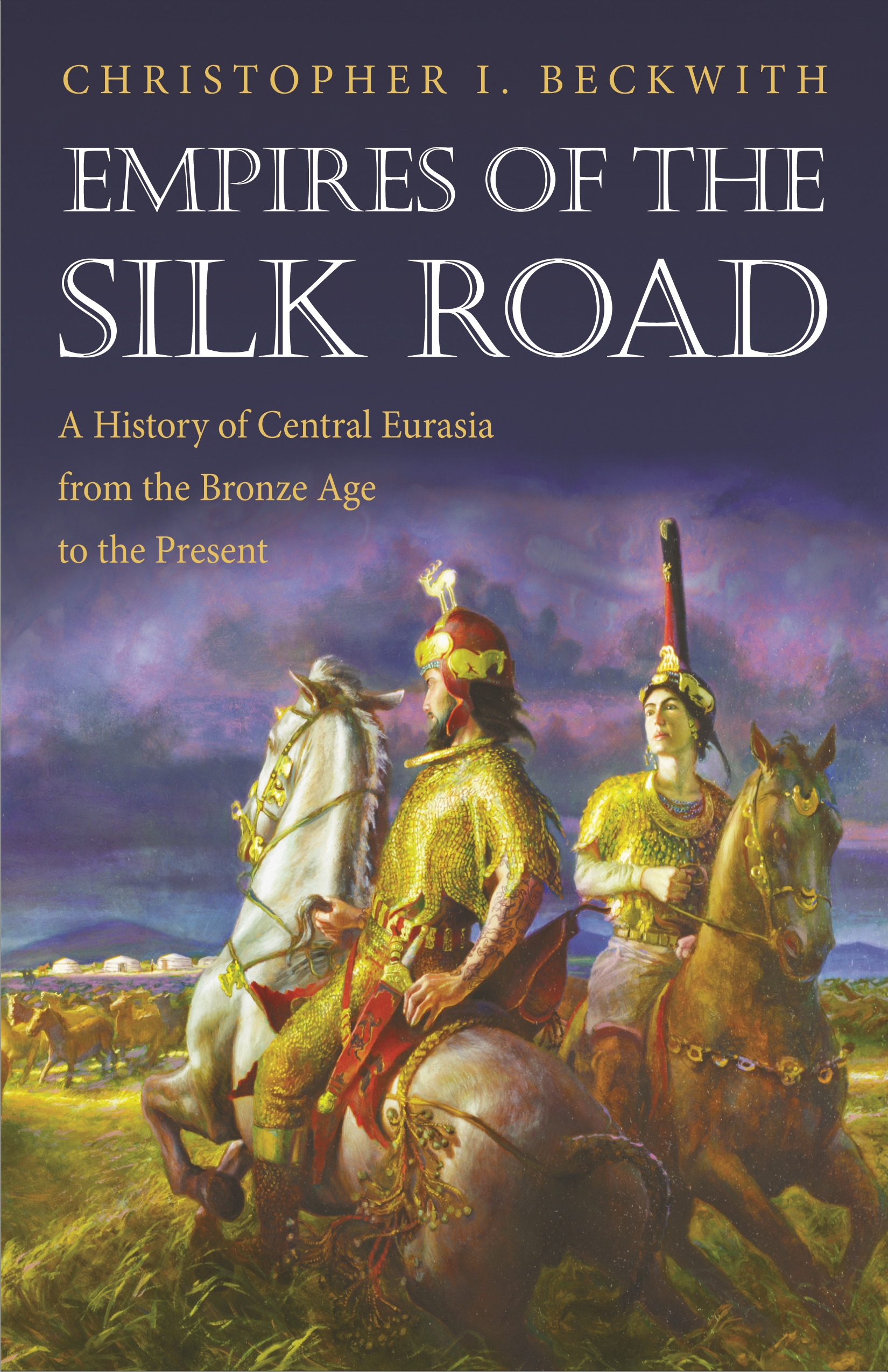

With his excellent and thorough knowledge, the author presents the reader with the entire history of Central Eurasia from ancient times to the present. In a reinterpretation, Beckwith delves into the origins, history, and significance of the empires along the Silk Road, as well as the origins of the region itself. Empires of the Silk Road describes the rise and fall of the great Central Eurasian empires of the Scythians, the Huns, the Turks, and the Mongol Empire of Genghis Khan. In layman's terms, he explains how the "centre" of Central Eurasia was able to play an economically, scientifically, and artistically dominant role on the Eurasian continent for centuries despite invasions by the Persians, Greeks, Arabs, and Chinese.
In addition, Beckwith shows the reader the history of the emigration of peoples from the region he calls Central Eurasia, their intermingling with the native peoples, and the interactions with the surrounding Arab, Indian, and Chinese civilizations. The author describes in detail the economic foundations of pre-modern Central Eurasia and the occupation of the region by the Russian Tsarist Empire in the 18th and 19th centuries, as well as the world-historical significance of the partial and gradual revival of the peoples living here after the collapse of the Soviet Union.
Empires of the Silk Road places Central Eurasia in a historical framework that shows how the region played a central role in understanding the development of civilisation.
Szabolcs Veres - the author is a researcher at Eurasia Center
Publisher: Princeton University Press
Publication date: 2011
ISBN: 9780691150345
Pages: 512